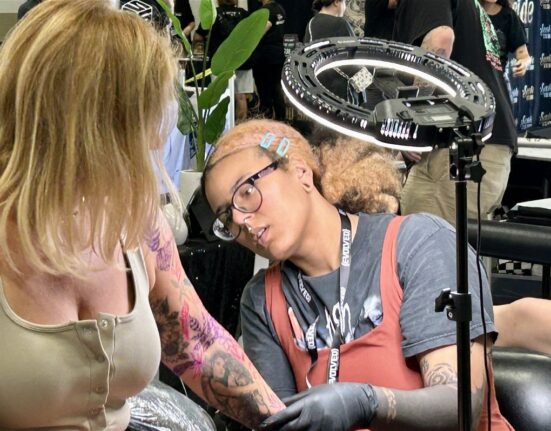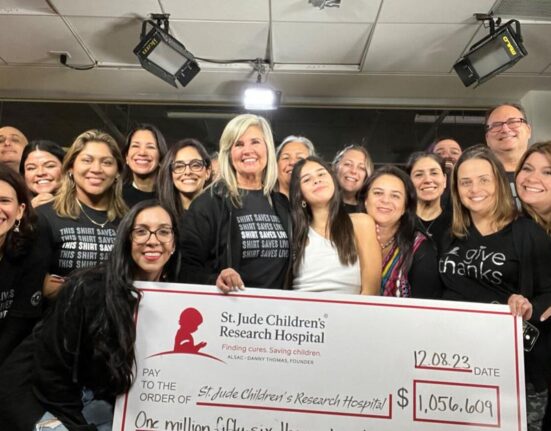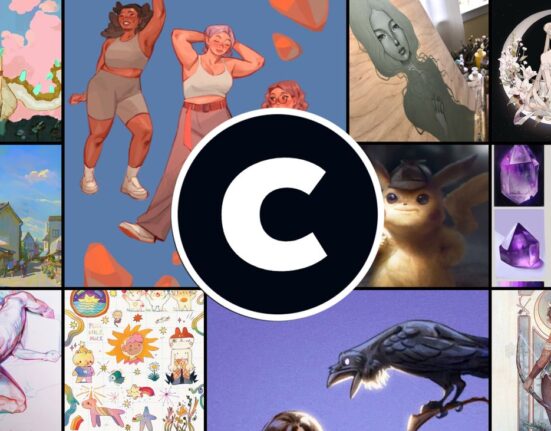This Transgender Visibility Day, creatives across mediums expand on the poetics and politics that define their experiences of love
32/24, West Patel Nagar:
You cry while telling me that you don’t wanna go through Hormone Replacement Therapy. You tell me that we can still have everything together.
As I selfishly wish that to be true, I also know that you are so much more than I am letting you be. The other day as I saw you strutting around in a corset and 4 inch heels, I could see a rare moment of you being yourself. I saw you happy. But what I didn’t see was my boyfriend.
So babe, you don’t have to do this for me. If you have to do anything for me, it’s being you. And I promise, I’ll always be there for you. Boyfriend or not.
This piece of prose by Palash Gogoi, a non-binary performer and artist, gets to the very heart of how transformable – and transformative – love can be for gender-diverse individuals. They continue, in another poem:
The next time you want to talk about HRT I want to
help you shortlist doctors. When you finally get your new ID I want to send you a
happy birthday cake, with your name on it, your living name. When you get
married to your perfect love, I wanna deliver the cringiest toast.
But I am sorry I can’t be your perfect love.
But what I can be is your radical love.
Your inquilab-e-ishq.
Anya presents as feminine now, and is on HRT medication. Palash, who is only attracted to men/masc people, ceased to be her boyfriend, but they continue to be best friends to this day. The nature of their relationship underwent a significant change; and because of, not in spite of, this their bond only grew deeper.
BEYOND THE BINARY
Anshumaan Sathe, a trans femme illustrator and graphic designer, speaks to this liminal space occupied by a lot of interpersonal relationships between queer people: “We as a society tend to approach relationships with the binary of romantic versus platonic. But the love that I share with my friends is a very intimate, fulfilling sort of love. Being queer has enabled me to imagine relationships in a very non-binary way because queerness kind of muddles those lines. It’s also helped me approach relationships from a non-hierarchical POV.”
They go on to admit that they actually do have a hierarchy, where their friends come out at the top. In a world that expects you to prioritise long-term monogamous romantic partnerships over friendships, this can be radical. Anshumaan and their close friends have certain rituals, like writing love letters to each other – acts of affection that are usually reserved for romantic partners.
Berlin-based curator-writer Shaunak Mahbubani grounds these experiences in a larger socio-cultural context: “The romantic couple has been idealized for so long, across cultures, that even most progressives have a hard time escaping that paradigm, however endogamous upper-caste formations, as the representation shows, only reinforces systems of power and capital inheritance. Gender diverse artists show us the liberative power of love when it is no longer tied to hetrosexual coupledom, the joy and abundance that can emerge when we allow friends, partners, collaborators, comrades to co-create, without hierarchy, the way we experience intimacy and support in our lives.”
Sathe adds, “It’s also made me feel okay with having a degree of eroticism or sensuality in my friendships. I personally don’t feel the need to ‘address’ it because doing so would mean I’m treating it as an exception, which for me it really isn’t. It’s all part of the spectrum of relationships that we get to experience as people.”
MOTHERS AND SISTERS
Queer survival is often rooted in queer friendships, especially when family members fail to provide a support system for queer individuals, denying or even reacting violently to their identity. Painting murals with other women has also been a source of sisterhood for Karnika, who works with Aravani Art Project, a trans-women led collective that creates public art to boost awareness and social participation. “Aravani Art Project is like a home to me that has given me many sisters all over India. We might not talk to each other for months on end, but when we meet, it’s like we were never separated. The ease of sisterhood is hard to explain,” she shares.
Mahbubani shares their perspective, saying, “For trans, intersex, non-binary and other gender-diverse people, the experience of growing up in a binary world is one of understanding that the structures that the world gets defined through are not as solid as they are made out to be. Our own experiences of gender and sexuality defy normative social formations, especially within Western countries and those that they colonized. This crumbling of gender and sexual orientation binaries, also lays bare other systems of power creating perspectives that value complexity, connection, and care. It is in creating art through this lens of untethered lived experience that the work of trans artists expands possibilities of living, loving, being.
At this point, it would be remiss not to bring up hijra culture. These legacies of care in the subcontinent have historically provided alternative forms of kinship to trans people, by trans people.
Karnika used to be a part of the hijra community in Jaipur. She elaborates on her relationship with her guru (mentor): “When I joined hijra culture, I underwent a ceremony where I was draped in a dupatta and officially recognised as a chela (disciple) of my guru and. Starting then, my guru became my mother, father and spouse – my blood family ceased to be my own. When we care for and respect her, she gives us love back manifold. If I’m ever stuck in a bad situation, my guru is obliged to show up for me. We have to dedicate ourselves to the guru if we want to be a part of that community. The guru-chela tradition is very different from other conventional forms of love. It is a long-term divine practice.”
As a self-taught artist, Karnika eventually left the hijra community to pursue opportunities with Aravani Art Project. Initially, when she told her guru about this decision, she was met with resistance. Karnika recounts, “She said, ‘We’re hijras and we’re only acceptable among other hijras. If you leave, who will look out for you?’ 6-7 months later, when I started doing some new work and she saw that on IG stories, she called me to her house and said, ‘I’ve aged and I’m set in my ways. But I’m proud to see that you’re doing this work. I too want people to emerge from our community and engage in things other than seeking alms.’ She is in her late 40s and can’t climb a ladder to paint a wall. But I can. I want to see societal change, and my art can drive that change.”
LIBERATION ON THE DANCE FLOOR
Artist-curator, Vidisha-Fadescha considers the body and body movements as an archive of multi generational joy and trauma, they posit the dance floor as a site for releasing the trauma held in the body and collective healing through shared pleasure. They share, “Sometimes the dance floor can make you feel that you’re desirable, you’re sexy, and you’re enough!”
Transgender people have to often resort to begging and sex work. Based between New Delhi and Berlin, Fadescha proposes the Party as a site for social-political negotiations and affirmations for trans people. They founded Party Office (2020–), an anti-caste, anti-racist, trans-feminist art and social space. Through publications, grants, radical archives, conversations of life-lived, social gatherings and exhibitions, they’re building transnational dialogues on empathetic futures, care communities and radical agency. They have also initiated a performance and curatorial collective with Mahbubani, called the After Party Collective (2019-), where they center trans, intersex and gender dissident people.
“Freedom lies in our collective joy. I suggest we de-centre the centre and centre ourselves. We come together to dance, listen to music, eat together and hang out.” Party Office was invited to contemporary art exhibition documenta fifteen (2022) held once in five years in Kassel, Germany. Fadescha co-curated the Party Office program with Mahbubani, where they hosted parties exclusive to BIPoC, trans and neuro-queer people. Cis-white men were only allowed if they were vouched for by someone from the community. At one of the parties a local guest shared with them that it was the first time they felt safe to walk alone to the restroom. Fadescha says “I’m a separatist, our door policy received criticism, and white men were shocked when denied access as they never had such an experience. It’s people in power who need to be inclusive, not the ones who are affected by structural oppression.”






